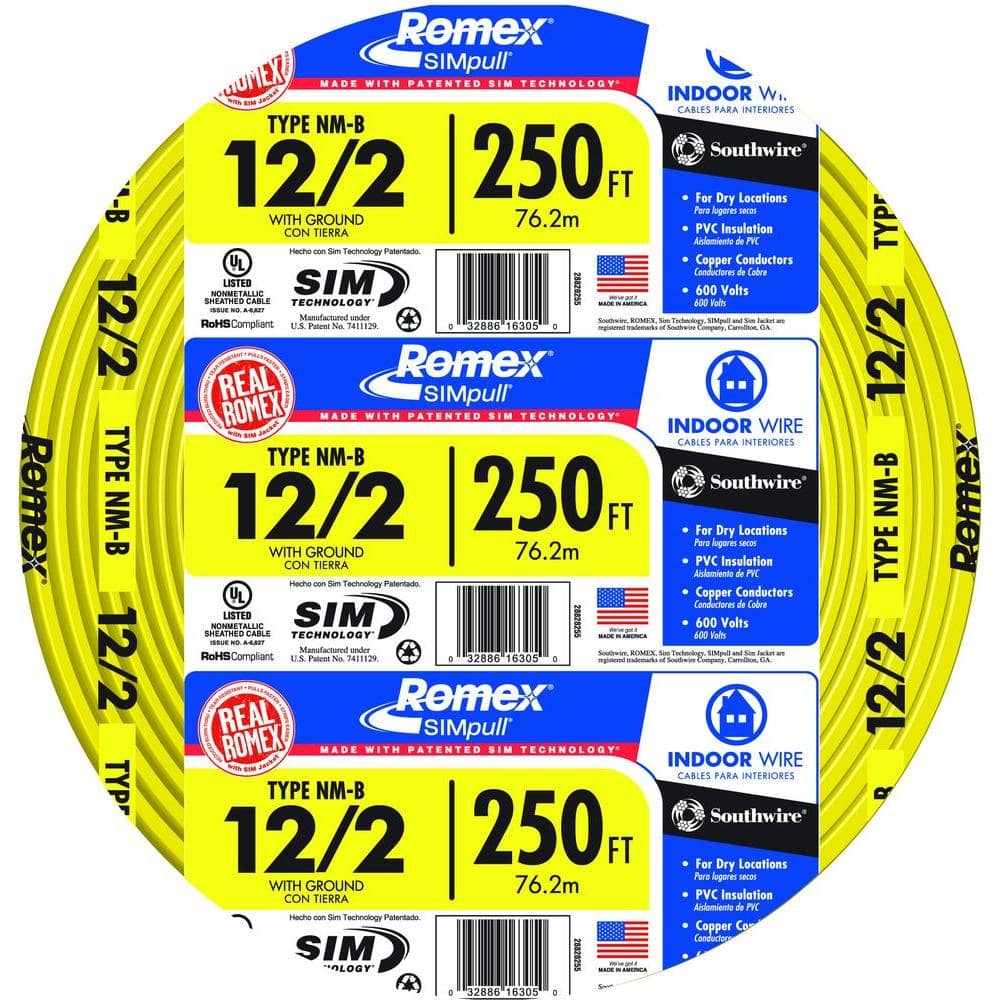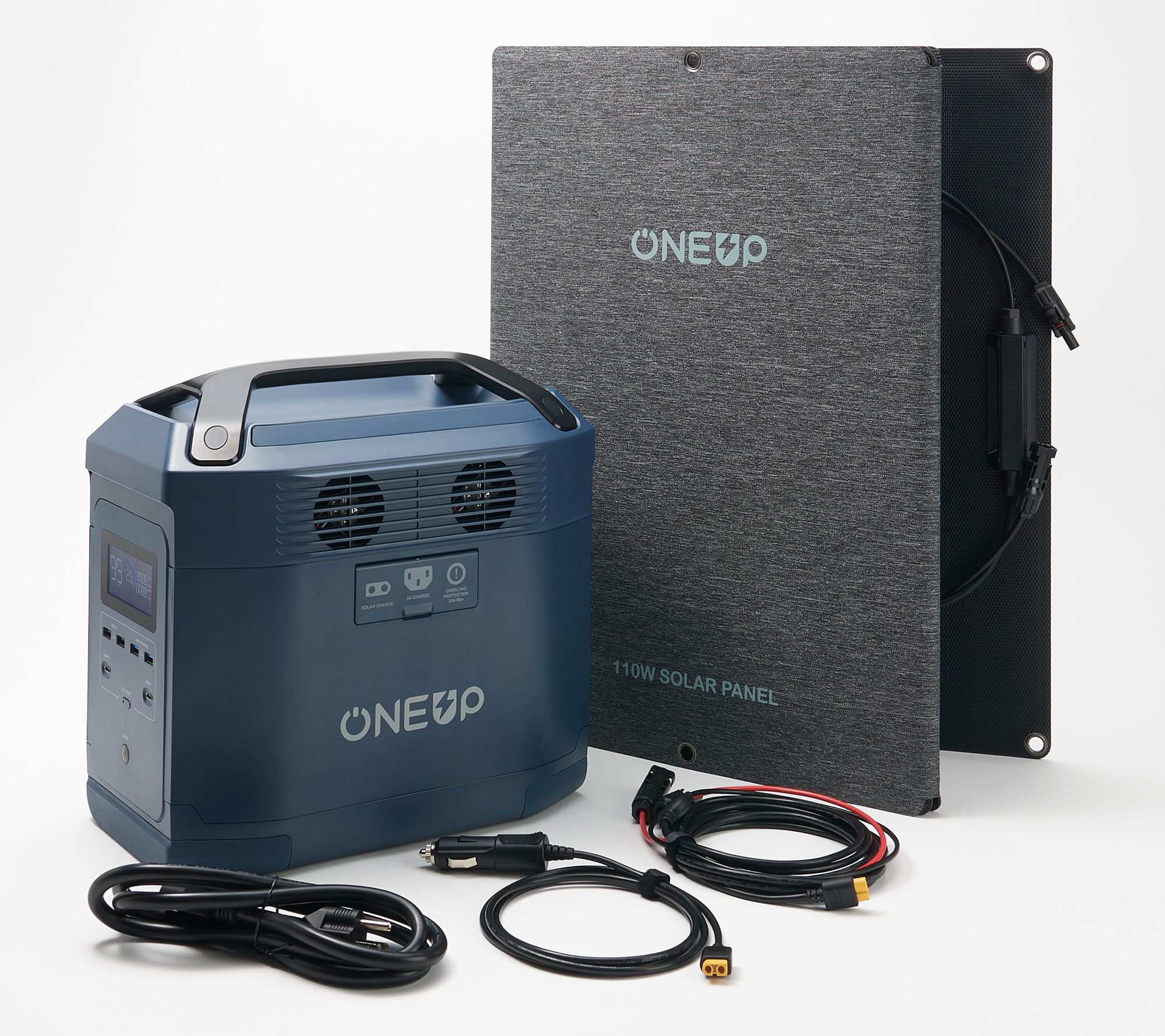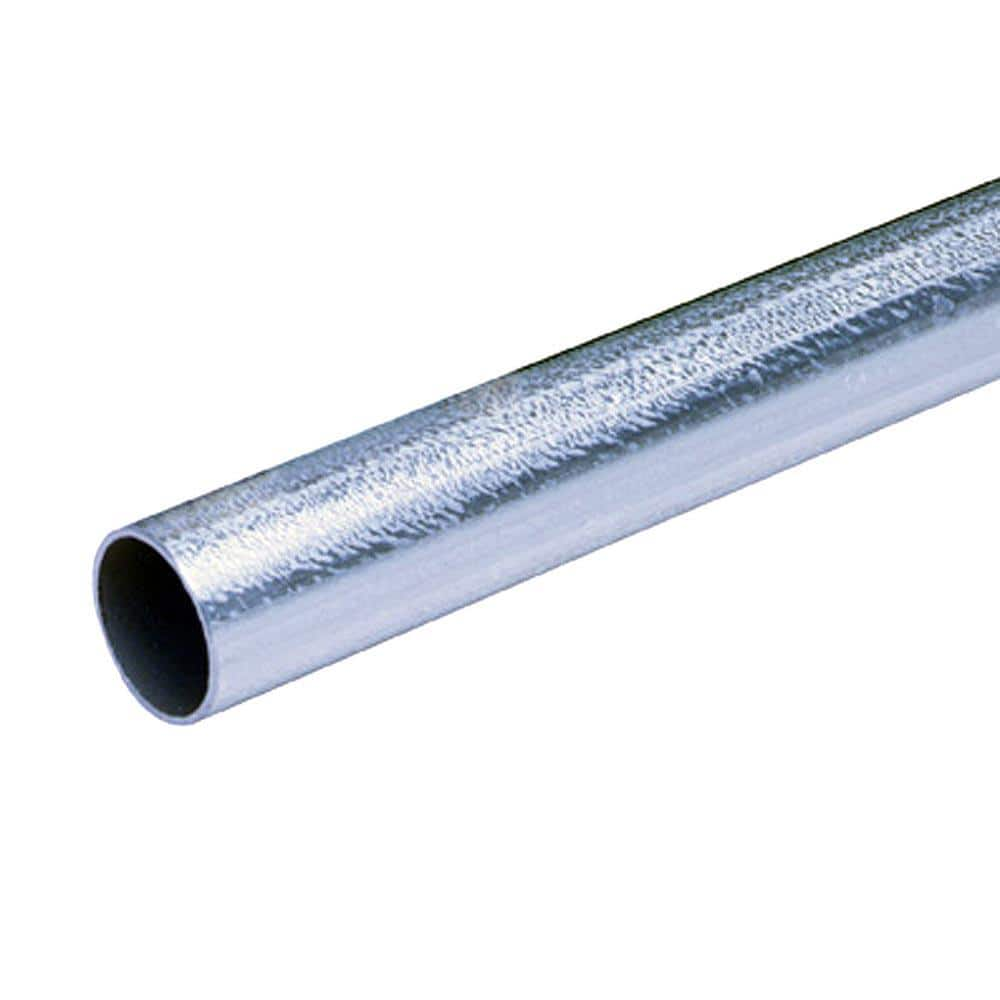Southwire 250 ft. 12/2 Solid Romex SIMpull CU NM-B W/G Wire
#12 AWG residential wiring for outlets, switches and other loads. Copper (CU) Conductors. 12 gauge has Yellow color-coded jacket for size identification.
Type NM-B (nonmetallic-sheathed cable) may be used for both exposed and concealed work in normally dry locations at temperatures not to exceed 90 degree C (with-Ampacity limited to that for 60 degree C conductors) as specified in the NEC 1. NM-B cable is primarily used in residential wiring as branch circuits for outlets, switches and other loads. NM-B cable may be run in air voids of masonry block or tile walls where such walls are not subject to excessive moisture or dampness. Voltage rating for NM-B cable is 600-Volt.
- Copper conductors are annealed (soft) copper and UL Listed
- LTL curbside delivery only and will need to have a way to unload pallet, no forklift provided
- Cable is available in a variety of colors, lengths and gauges
- Unique (SlikQuik TM infused membrane) jacket TM construction allows for 50% reduction in pulling force resulting in easier installation
- LTL curbside delivery only, will need to have a way to unload pallet, no forklift provided
- NM-B has 2, 3 and 4 conductors and available with 2 neutrals, construction designed for easier pulling
- Note: product may vary by store
Additional information
| Product Height (in.) | 36.5 |
|---|---|
| Product Width (in.) | 43 |
| Total Wire Length (ft.) | 250 |
| Certifications and Listings | UL Listed |
| Manufacturer Warranty | None |




by Biag
had enough wire to run new bathroom and put recessed lighting in
by Cole
Good quality wire. Commonly bought for house projects.
by Deuce
Great product. Never a defect. Reliable wiring.
by Babe
I have been clicked on buttons two or three or four times just to find out how much that wire is and I still don’t know. To me that’s not very good business practice.
by Jeff
Good product and cheaper than most online websites selling the same item.
by Rick
The wire is still great, easy to pull and work with, although it’s not as tough as it used to be. The price, of course, is truly excessive.